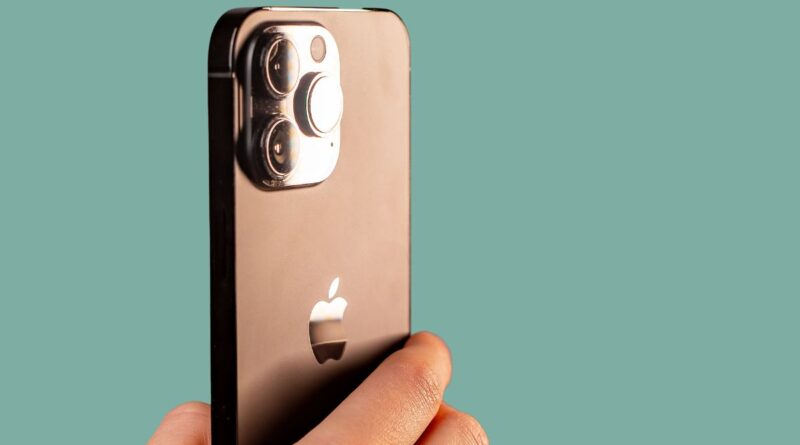Getting a new iPhone is exciting, but you might want to think twice before restoring your old backup. Starting fresh can give you a cleaner, faster experience and help avoid carrying over unnecessary data and potential issues from your previous device. While it may seem counterintuitive, I’ve found that setting up a new iPhone as a new device often leads to better performance and fewer problems down the road. Let me explain why this approach might be worth considering and what benefits you can expect.
Spis treści:
Common Backup Issues
Over time, our iPhones accumulate various types of digital clutter. When you restore from a backup, you’re not just transferring your essential data – you’re also bringing along outdated settings, cached files, and potentially corrupted data. These can include outdated app configurations, system settings that may not be optimal for your new device, and temporary files that should have been deleted long ago. I’ve seen many cases where mysterious battery drain, connectivity issues, or app crashes on new devices were resolved simply by starting fresh instead of restoring from a backup.
Benefits of Starting Fresh
Setting up your iPhone as a new device offers several advantages. First, you’ll experience the phone as Apple intended, with factory-optimized settings. You can selectively reinstall only the apps you actually use, rather than carrying over dozens of forgotten applications. The system runs faster without old cached data and outdated settings. Plus, you get the opportunity to rethink your app organization and settings from scratch. I’ve noticed that users who start fresh often report better battery life and fewer random glitches compared to those who restore from backups.
What You Won’t Lose
You might worry about losing important data, but most critical information can be safely transferred without a full backup restore. Your contacts, calendars, notes, and reminders sync through iCloud automatically when you sign in with your Apple ID. Photos and videos can be downloaded from iCloud Photos or transferred directly from your old device. Most modern apps store their data in the cloud, so you’ll retain your progress and settings just by logging in. Even your messages can sync through iCloud if you’ve enabled that feature. The essential step is to ensure your important data is syncing to iCloud before retiring your old device.
Smart Setup Strategy
To make the transition smoother, I recommend making a list of your essential apps before setting up the new iPhone. Take screenshots of your home screen layout if you want to recreate it. Double-check that your iCloud backup is current, even if you won’t restore from it – this serves as a safety net. When setting up the new iPhone, sign in with your Apple ID and enable iCloud sync for the data types you want to transfer. Then, reinstall your apps one by one, signing in as needed. This methodical approach helps ensure you only transfer what you actually need while maintaining a clean system state.
When to Consider Restoring
Despite the advantages of starting fresh, there are situations where restoring from a backup might make more sense. If you have complex app configurations that would be time-consuming to recreate, or if you use apps that don’t sync their data to the cloud, a restore might be your better option. Additionally, if you’re upgrading from a very recent iPhone model and your current setup is working perfectly, the benefits of starting fresh might not outweigh the convenience of a restore. Consider your specific needs and usage patterns when making this decision.
